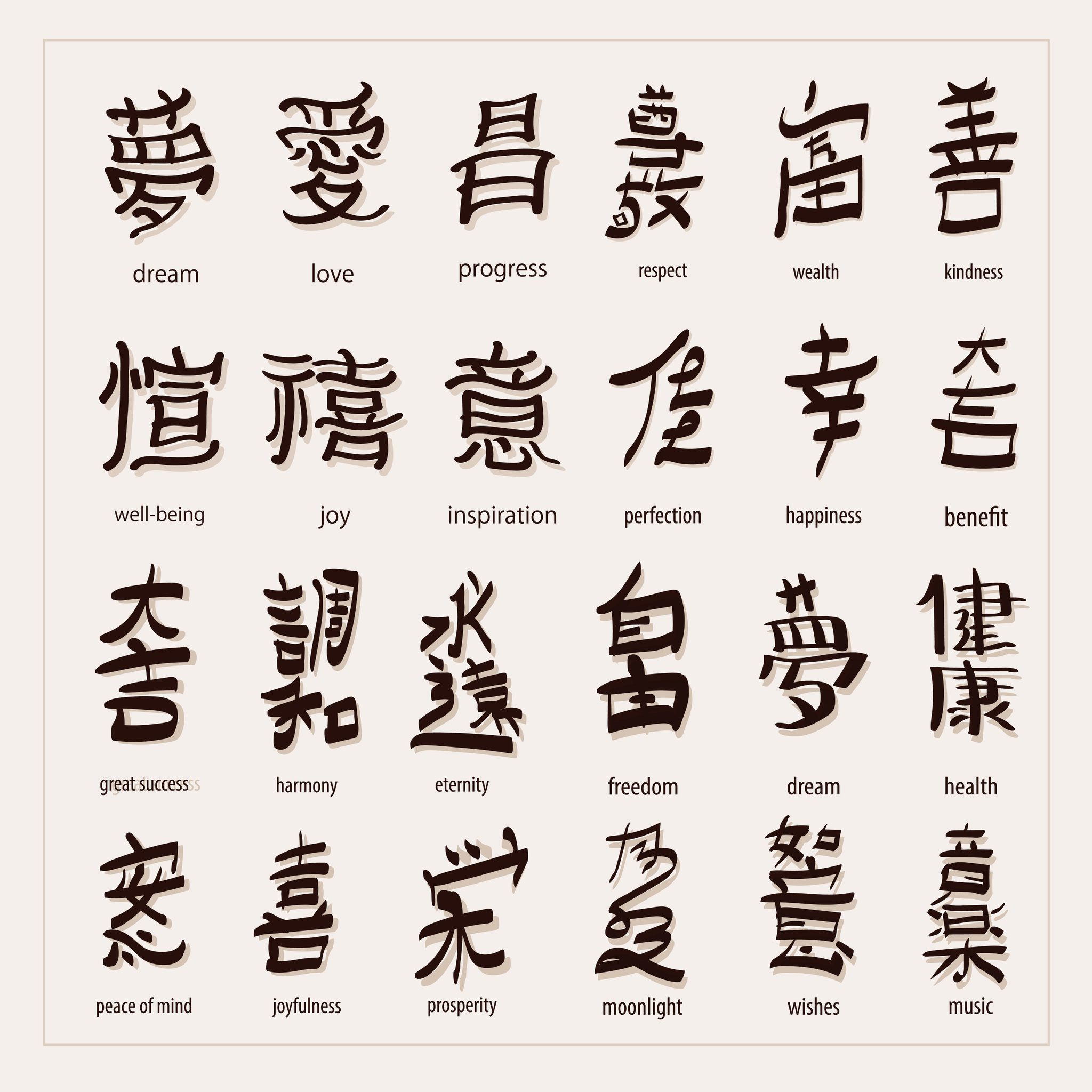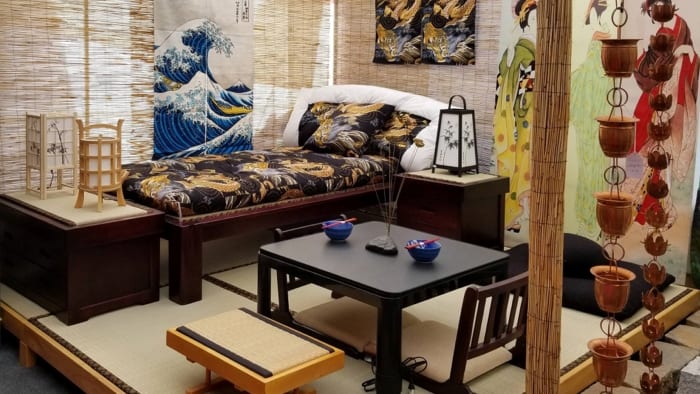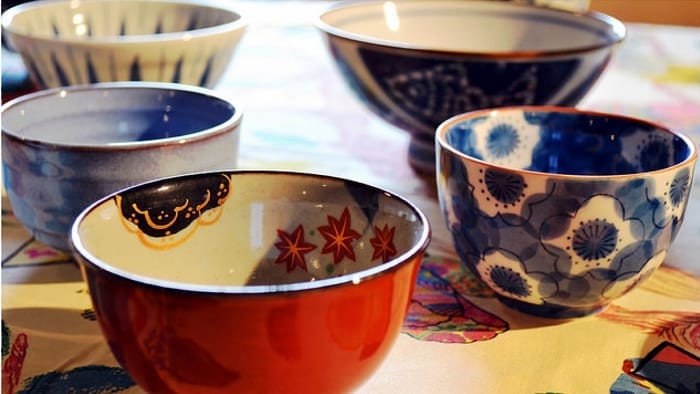If you have ever been to Japan or are familiar with Japanese culture, you will know that the koi are special animals to the Japanese people. These ornamental and domesticated carp are colorful and so are usually kept in fishponds both indoors and outdoors. The koi is also used to symbolize strength, energy, and power. So much is the influence of the koi that they are used to embody one of Japan’s biggest festivals, Children’s Day.
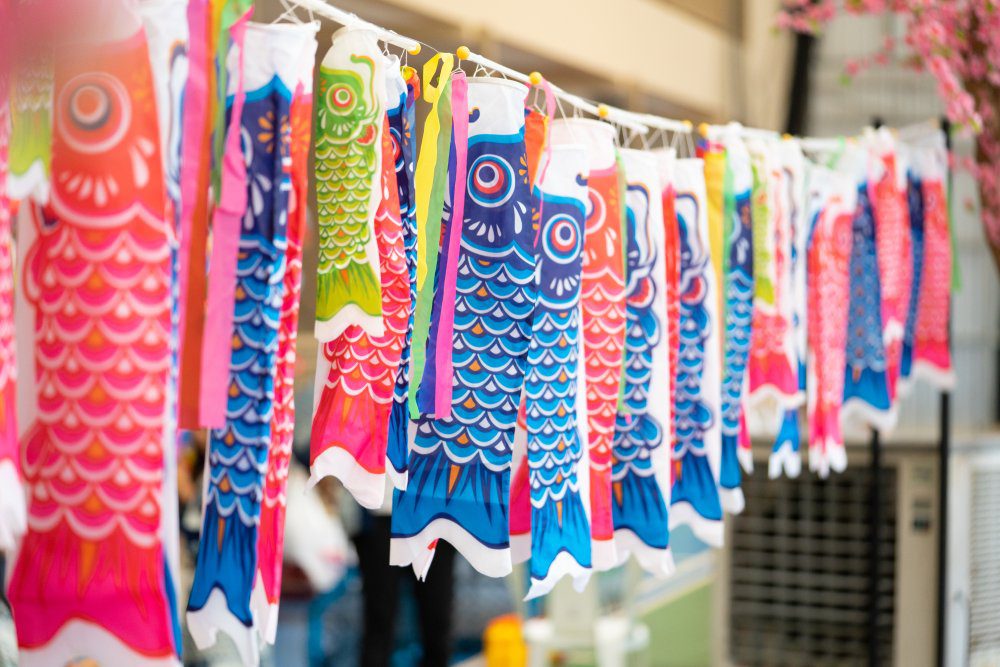
Any fabric is used in making a koinobori — a streamer or windsock shaped like a koi. There are normally at least 3 koinobori in a pole that line the Japanese streets during Children’s Day. The colors of the koinobori have meaning. Black koinobori represents the father. Red koinobori represents the mother, while smaller blue, yellow, purple, orange, and other colors are for the children. If you have questions or need help finding. If you need help finding the perfect koinobori, send us an email!
Children’s Day: A History of the Koinobori
Children’s day marks the end of the Golden Week in Japan, usually on the 5th of May. The Golden week is one of the longest breaks for the working-class people in Japan, where most, if not all, businesses stay closed for 9- 10 days.
There are a lot of stories about the origin of the koinobori. Almost all, though, would say that it has to do with the blessing of the gods for strength and power. Though there may be several origin stories, there is no definite year as to when this started.
It has been said that samurai warriors wore full armor with the koinobori on poles during a battle. It is also believed that this practice, in the year 1282, was also done to celebrate victories after a battle.
More sources, however, believe that the koinobori is used to celebrate children, specifically boys, up until the year 1948. This celebration was known as the Tango No Sekku. Girls had a separate celebration known as Hinamatsuri or Doll’s Day. Eventually, however, the two events were combined and celebrated and known as Children’s Day.
Ancient times
During ancient times, the koinobori was placed in front of the home to celebrate a newborn’s birth. The Japanese believed that the gods came along and pole from the heavens to bless and protect the child. To make the poles and homes stand out, the koinobori was made to be as colorful as much as possible.
The koinobori has 5 streamers. On top of the poles are circular spinning wheels, much like wind vanes. Next is the fukinagashi, a windsock with bright and colorful streamers. This is then followed by black, red, and various other colored windsocks. This custom is believed to bring growth and success to the newborn baby.
Why Koi?
The koi is a celebrated animal because of its supposed courage and strength. In Chinese legends, it is believed that the koi swam upstream of the Yellow River, eventually becoming dragons. Because of this fruitful endeavor, koi are also known to bring success and good luck in any career.
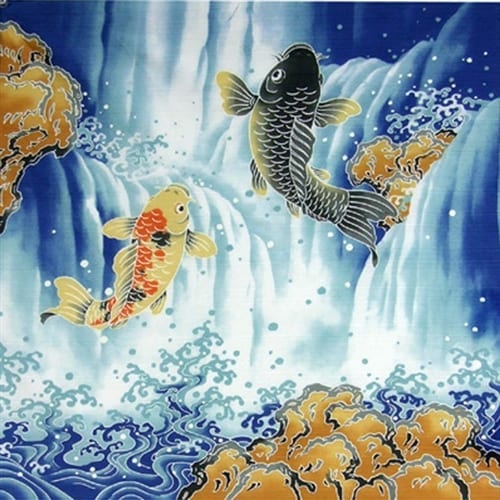
There are many symbols related to the koi. But in koinobori, it is always associated with strength and courage—traits that are very much desirable for children.
Koinobori Today
Nowadays, koinobori are still used in a manner. However, they are also used as garden ornaments. They can also be used as decorations for children’s rooms. For foreigners, koinobori are also purchased primarily as souvenirs. Either way, koinobori are exceptional in decoration. Use this koinobori indoors or outdoors as ornaments or otherwise. Here at Japanese Style, you’ll surely find a koinobori that will surely tickle your fancy.

